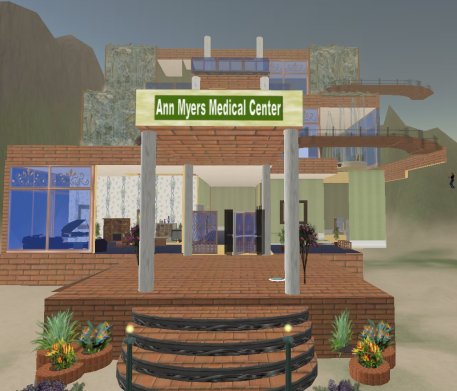 “La tristeza no vuelve inteligente. En la tristeza estamos perdidos. Por eso los poderes tienen necesidad de que los sujetos sean tristes. La angustia nunca ha sido un juego de cultura, de inteligencia o de vivacidad. Cuando usted tiene un afecto triste, es que un cuerpo actúa sobre el suyo, un alma actúa sobre la suya en condiciones tales y bajo una relación que no conviene con la suya. Desde entonces nada en la tristeza puede inducirlo a formar la noción común, es decir, la idea de algo común entre dos cuerpos y dos almas”
“La tristeza no vuelve inteligente. En la tristeza estamos perdidos. Por eso los poderes tienen necesidad de que los sujetos sean tristes. La angustia nunca ha sido un juego de cultura, de inteligencia o de vivacidad. Cuando usted tiene un afecto triste, es que un cuerpo actúa sobre el suyo, un alma actúa sobre la suya en condiciones tales y bajo una relación que no conviene con la suya. Desde entonces nada en la tristeza puede inducirlo a formar la noción común, es decir, la idea de algo común entre dos cuerpos y dos almas”Gilles Deleuze
Bernard Shaw
Hace mucho que no hablamos de nuestra querida empresa Google . Nuestra serie sobre Imperialismo Google, imperialism Google, es ya extensa. Si ya tienen, nuestras visitas, nuestras webs, nuestros escritos, el conocimiento de nuestras estadísticas, que leemos y que no en internet, blogs, sistemas de publicación, publicidad, etc… una de las cosas que faltaba eran nuestros propios cuerpos, la salud (uno de los más grandes negocios del futuro-presente).
¿No se nos ocurren implicaciones en cuanto al aprendizaje, la formación, el e-learning?. En fin, podéis informaros en el blog de google bajo el título de post:A peek into our search factory
Un ejemplo: Para el año 2050, prácticamente el 80% de la población mundial mayor de 60 años vivirá en lo que se conoce hoy como países en desarrollo, según un informe de Naciones Unidas presentado en la CEPAL
Otro ejemplito:Los españoles seremos los más viejos del mundo en 2050, según prevé la ONU
- Las personas mayores de 60 años serán el 32% de la población mundial en el 2050.
- Por primera vez habrá más ancianos que niños.
- Europa es actualmente la región donde la población es más vieja, con un 21% de ancianos
Esta advertencia fue realizada hoy por la División de la Población del departamento de Asuntos Económicos y Sociales de las Naciones Unidas, que presentó datos comparativos sobre las implicaciones económicas y sociales del envejecimiento de la población.
(leer más…)
Fuente: [ google blog, 20 minutos, ]




 sobre Play2Train, y por supuesto el enlace al web original
sobre Play2Train, y por supuesto el enlace al web original 




![[invasionladrones010.jpg]](https://i0.wp.com/bp3.blogger.com/_FQioMxWhi24/RmO6mxF3eZI/AAAAAAAAATc/UVue3A8bGuA/s1600/invasionladrones010.jpg)
